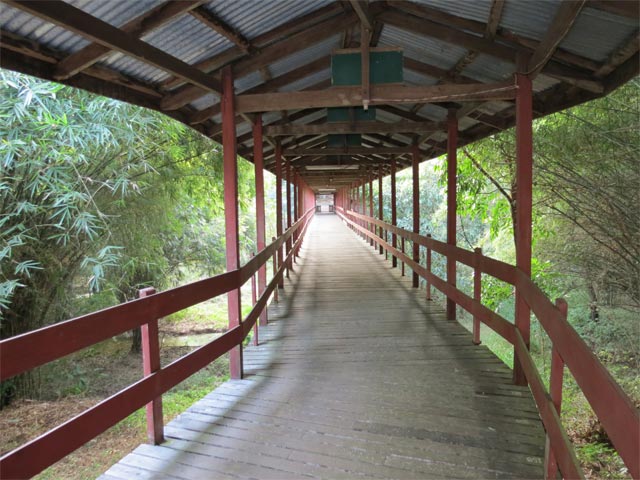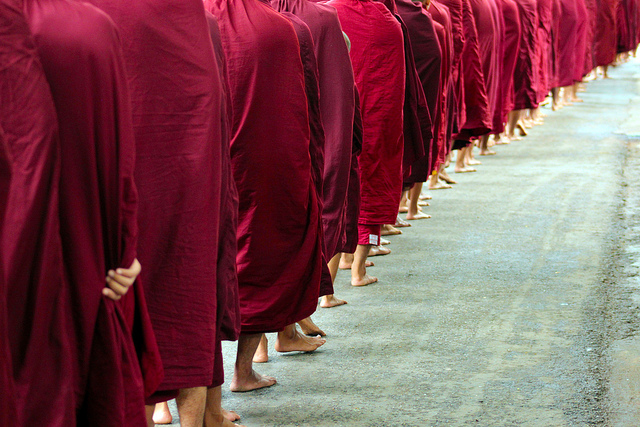We are pleased to provide the complete recordings of the 14th 60 Day Special Retreat conducted by Most Ven. Sayadaw U. Pandita in Myanmar. Sayadaw U. Pandita is considered to be one of the foremost living Masters of Vipassana meditation in the world. Each year he conducts a 60 day intensive Vipassana meditation retreat at the Panditarama Forest Meditation center. He had been diligently conducting this retreat for many years.
In the second half of the retreat during January 2013, the Sayadaw explains the Path up to the progress of Insight Knowledges.
Please Click here to reach the web page of the recordings











